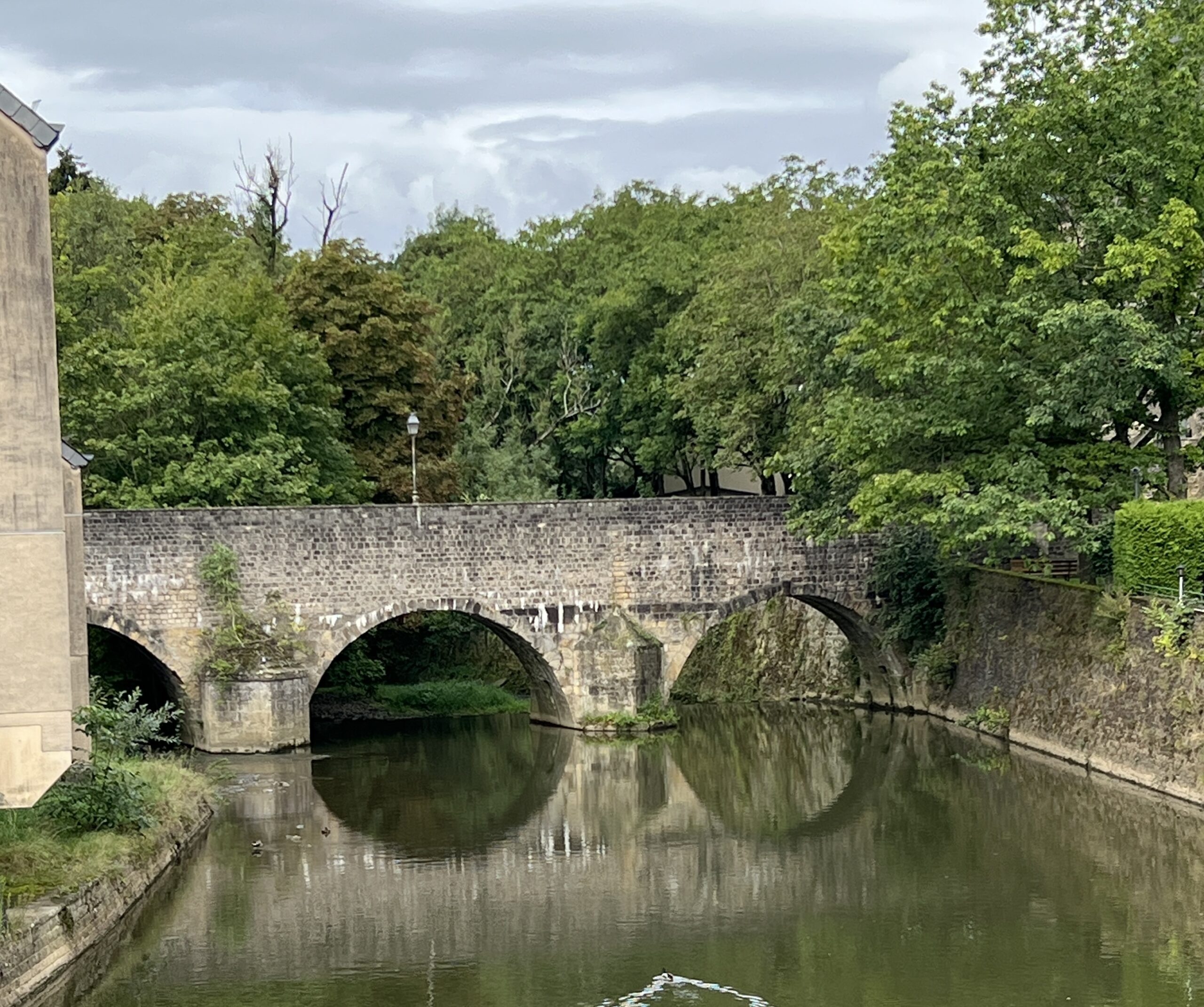
From Values to Small Experiments: Why Principles Drive Change
Share this article:
There’s a curious disconnect in how we approach change. We often think of our deepest values as abstract concepts that live in one realm, while our daily actions and experiments exist in another. But what if these seemingly separate territories are actually intimately connected?
In my work with coaching clients over the years, I’ve noticed something fascinating: the most successful small experiments—those tiny changes that create meaningful shifts—are almost always rooted in deeply held values.
This isn’t coincidental. It’s the natural bridge between two territories on our explorer’s map: the foundation of values and the transformation through small experiments.
When Values Remain Abstract
Let me share a pattern I’ve observed repeatedly. A client comes to me having done significant work identifying their core values. They can articulate beautifully what matters most to them—perhaps it’s creativity, connection, and courage. They’ve done the reflection work, they’ve clarified their priorities, and yet…they remain stuck.
Why? Because values without action remain abstract concepts, intellectual exercises that don’t create change in the real world.
I recall working with a client—let’s call her Sarah—who had identified “creative expression” as one of her core values. She spoke eloquently about how creativity was central to her sense of self. Yet when I asked what creative activities she’d engaged in recently, there was an uncomfortable silence.
“I don’t have time,” she finally said. “Between work and family responsibilities, there’s no space for creativity.”
This is the values-action gap that so many of us experience. We know what matters, but we struggle to embody it in our daily lives.
When Experiments Lack Direction
On the other side, I’ve worked with clients who are constantly trying new approaches, experimenting with different techniques, but feeling scattered and unsure if they’re making meaningful progress.
One client—let’s call him Miguel—prided himself on being action-oriented. He’d implemented numerous productivity systems, tried various morning routines, and experimented with different work arrangements. Yet he felt a persistent sense of emptiness, as if all this activity wasn’t adding up to anything meaningful.
When we explored his core values, he realized that none of his experiments were connected to what mattered most to him: making a difference in his community. His experiments lacked direction because they weren’t anchored in his deeper purpose.
This is the action-values gap—plenty of doing, but disconnected from being.
Building the Bridge: Values-Driven Experiments
The magic happens when we connect these territories—when our small experiments are direct expressions of our core values. This creates what I call “values-driven experiments,” and they have remarkable power to create sustainable change.
Here’s how to build this bridge in your own life:
Step 1: Identify a core value that feels undernourished
Look at your core values (if you haven’t identified them yet, my book “Values Count” provides a framework). Which one feels most neglected in your current life? Which one, if expressed more fully, would bring the greatest sense of alignment?
For Sarah, this was clearly her value of creative expression. For Miguel, it was making a difference in his community.
Step 2: Design a small experiment to express this value
The key word here is small. We’re not looking for grand gestures or complete life overhauls. We’re looking for a tiny step that you can take within the next week.
Sarah’s small experiment was simple: spend 10 minutes each morning with her sketchbook before checking email. Miguel decided to volunteer for one hour each week at a local food bank.
These experiments follow the principles I outline in “Precious Jewels“:
- They’re small enough to be achievable
- They’re specific enough to be measurable
- They’re directly connected to a core value
Step 3: Notice what emerges
As you implement your small experiment, pay attention to how it feels. Does it create a sense of alignment? Does it generate energy rather than depleting it? Does it open up new possibilities?
Sarah found that her 10 minutes of morning sketching often extended naturally to 20 or 30 minutes. More importantly, she noticed that she approached her work with greater clarity and creativity throughout the day.
Miguel discovered that his hour of volunteering became the highlight of his week, leading him to rethink his career direction entirely.
The Alchemy of Integration
When we connect our values to our experiments, something alchemical happens. Our values become embodied rather than abstract. Our experiments become meaningful rather than scattered.
This is the essence of what Jung called individuation—the process of becoming more fully ourselves. It’s what James Hillman described in his acorn theory—the gradual unfolding of our innate potential.
In the language of “The Inner Fire,” we might say that values provide the fire—the energy and passion—while small experiments provide the earth—the practical grounding that makes transformation real.
Examples from the Field
Let me share a few examples of values-driven experiments that have created significant shifts for coaching clients:
Value: Learning
Small Experiment: Reading 10 pages of a non-fiction book before bed instead of scrolling social media
Result: Deeper sleep, expanded knowledge, and a sense of accomplishment
Value: Connection
Small Experiment: Having one “curious conversation” each week with someone outside their usual circle
Result: Expanded network, fresh perspectives, and unexpected opportunities
Value: Wellbeing
Small Experiment: Taking a 10-minute walking break outdoors between meetings
Result: Reduced stress, increased creativity, and improved decision-making
Notice that none of these experiments are revolutionary. They don’t require massive time commitments or complete lifestyle overhauls. Yet each creates a direct bridge between a core value and daily action.
The Bridges Card Connection
This connection between values and experiments is why the “Bridges to the New” card deck has proven so effective for many people. Each card provides a prompt that helps us bridge from our current reality to new possibilities.
For example, the card that asks “What do you need to protect to do this work? What do you need to abandon?” invites us to consider how our values might guide what we preserve and what we release.
The card that asks “What is the shortest route to your goal?” encourages us to design small experiments that create direct pathways to what matters most.
Your Turn: Creating Your Own Bridge
I invite you to try this approach yourself:
- Identify a core value that feels important but undernourished in your current life
- Design a small experiment that would allow you to express this value more fully
- Implement this experiment for one week
- Notice what emerges—both externally (what happens) and internally (how it feels)
Remember that the power lies not in the size of the experiment but in its connection to what matters most to you. The smallest action, when aligned with your deepest values, can create ripples of transformation that extend far beyond what you might imagine.
As Thomas Moore reminds us, soul work happens in the small, ordinary moments of our lives. It’s in these seemingly insignificant choices that we gradually become more fully ourselves.
The Continuing Journey
This bridge between values and experiments is just one connection point on our explorer’s map. In future posts, we’ll explore other bridges:
- How inner and outer exploration inform each other
- How curiosity serves as the fuel for meaningful change
- How the elements of fire, earth, air, and water guide our transformation
For now, I encourage you to play with this connection between what you value most deeply and what you’re willing to try in the world. It’s in this dance between being and doing that our most authentic lives emerge.
Keep the journey going
What small experiment might express one of your core values this week? I’d love to hear your thoughts in the comments below. Or book a “Toe in the Water” call if you’d like to explore how values-driven experiments might support your journey.
Coming next: “Bridges to New Possibilities: Five Ways to Use Your Card Deck” – exploring practical applications of the Bridges cards in different contexts.
